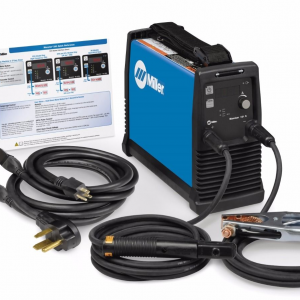How often do your loved ones see a lawn ornament or piece of furniture and say, “You could build that!”
It’s an enticing idea: building your own furniture. When done right, it’s a great way to save money and give your home that perfect touch of personal charm. But without the right tips and tricks, it can be a veritable nightmare. Here's a few professional pointers to help you create that perfect coffee table or lawn chair.
Plan ahead
It’s a smart idea to make a rough sketch (at the very least) of your project before starting. This helps you take into account how much material you need. Also remember that where you build your project probably won’t be where it ends up. Make sure your piece can be moved where you want it without getting stuck in doorways or tight corners.
Always plan on your furniture needing to handle more weight than you’d expect. Sure, your coffee table won’t usually hold more than a couple books, but what happens when someone climbs on top of it to wipe a smudge off the ceiling?
Consider the space around your piece
Before even starting on your piece, think about where you want it. What’s the rest of your furniture like in that room? Everyone loves a sleek, industrial-looking table but it’s not going to look good in a Victorian-style dining room, no matter how much effort you spend. If you’re planning on painting your piece, take into account the colors of the room as well.
Mix media
If you’re going for a heavy, industrial look, then you’re free to use as much metal as you want. But other styles often use a variation of wood, metal and glass to give a more organic, softer look. If you’re building a table, something as simple as adding mahogany or maple top can give it a sleek, modern look.
Measuring up
One of the hardest challenges with building furniture is keeping everything level, square and straight. Let’s say you measure perfectly and start welding. Suddenly everything is off: Your 90 degree angles are now 75, your perfectly straight chair legs are now crooked. What happened? As you weld, the heat will warp the metal causing it to shift.
The best thing you can do is constantly re-measure your work after tacking and welding. A slight variation is easy to fix early on, but becomes more difficult as you progress.
Clamps are your best friend. They’re designed to hold your pieces in place and prevent or minimize warpage. If you’re trying to join 2 pieces at a 90 degree angle, using special square clamps can be a life saver.
Also remember to tack multiple sides. Along with clamps, this will help prevent your piece from shifting while you weld.
If you’ve welded your own furniture, what tricks and tips have helped you out? Let us know in the comment section below! And if you’re looking to get inspired with a few outdoor furniture ideas, check out our article on our favorite summer project ideas with the button below.







